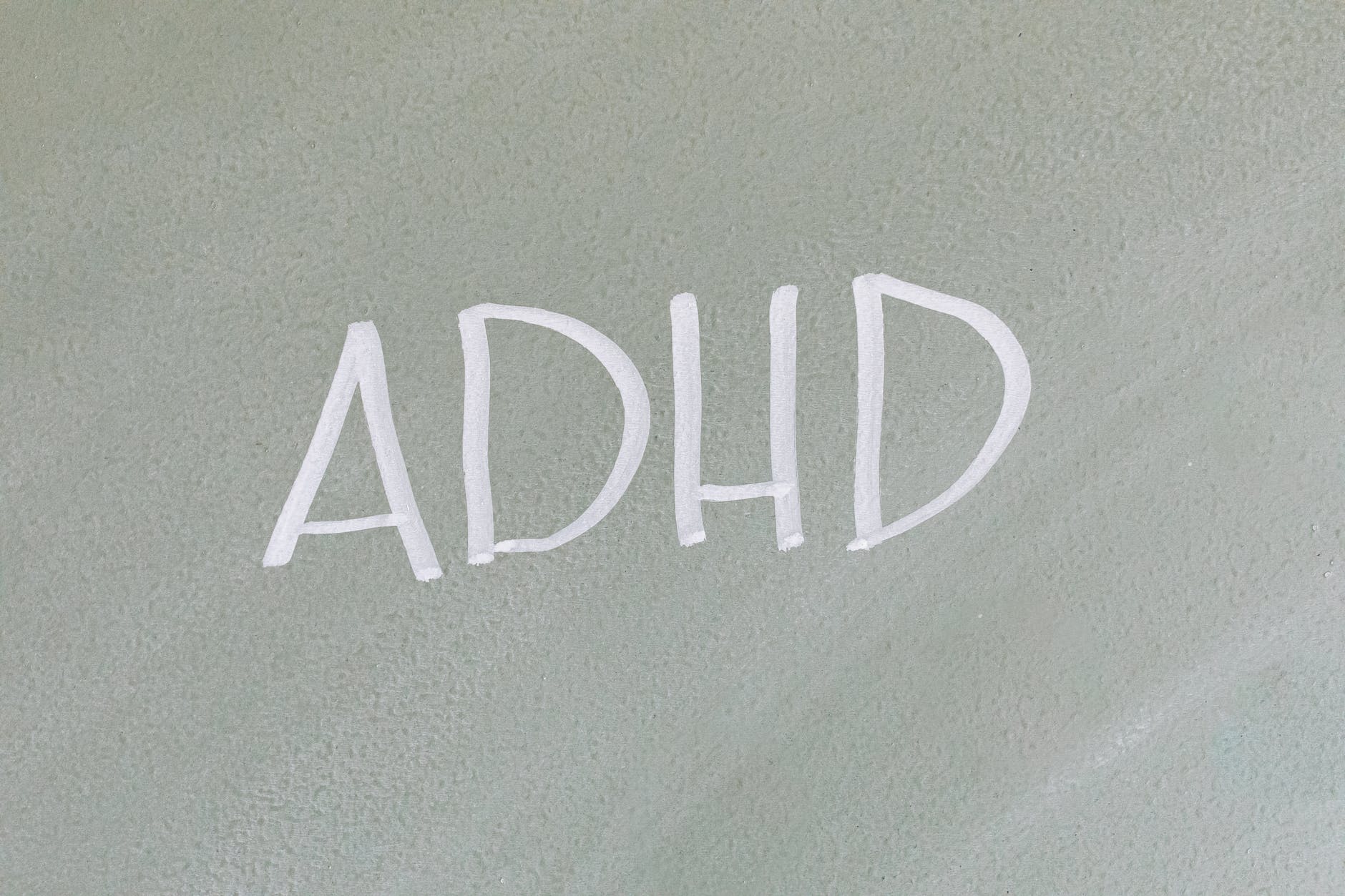By: Heather Kittle
When you hear Attention Deficit Hyperactivity Disorder (ADHD), what comes to mind? For many it’s likely a young child, most often a boy, running around, causing destruction and chaos. Although boys are diagnosed more often than girls is a whole different subject matter, many still imagine a young child and why this leads to the misrepresentation of adults.
So, a quick and simplified explanation of ADHD. ADHD is a chronic neurological disorder that is categorized in three ways. Predominantly inattentive, once referred to as Attention Deficit Disorder (ADD). Predominantly hyperactive, where the individual seems to be constantly ‘on the go’. And finally, combined, in which inattentiveness and hyperactivity are both present relatively equally. Although many have symptoms that could be seen as ADHD traits, to be diagnosed means that symptoms are present often enough to affect your daily living.
Misrepresentation is often due to misinformation. Many tend to believe that ADHD is a childhood disorder that you grow out of or isn’t a real disorder to begin with. What’s most frightening is that many healthcare professionals view ADHD in the same way, which is largely due to the stigma surrounding ADHD, the controversial medicinal treatments used in treating ADHD, and the overall lack of research in adults. This then causes misdiagnosis or underdiagnosis, especially in women.
The reasons surrounding the belief you can age out as an adult can be explained in a few ways. The first is that ADHD symptoms in an adult present differently than it does in children. As we age, our behaviors and personalities tend to change as is, and the need for self-management from childhood into adulthood becomes a demand. Adults with ADHD, however, don’t necessarily stop having symptoms they had as children but tend to either figure out ways to manage their symptoms in a healthy manner or, in most cases, hide them. Which leads me to masking..
Masking, or “impression management”, which is a term created by psychologist Russell Barkley, occurs in roughly one-third of people with ADHD, and is not only seen in those with ADHD but is also common in those with other neurodiverse disorders, such as autism. It refers to the coping mechanisms used by individuals to hide their symptoms to fit societal expectations. This can be seen as being a perfectionist, arriving unreasonably early for appointments, mimicking other people in social situations, and much more. Masking, due to the large toll it takes to physically and mentally be able to do, has been known to cause more problems in those with ADHD. Leading to issues like depression, anxiety, or substance abuse.
When it comes to ADHD, this is just one tiny, simplified tip of the proverbial iceberg that is ADHD. There’s still so much to learn and understand about this disorder, both as individuals and for those in the healthcare community. If you believe you may have ADHD, do your research and find the right healthcare provider willing to help.

